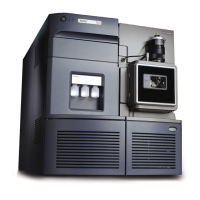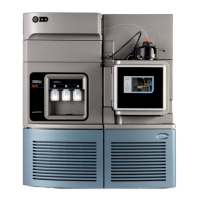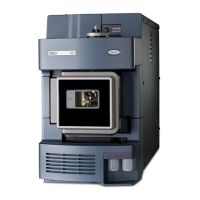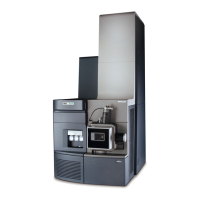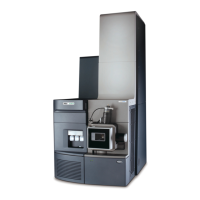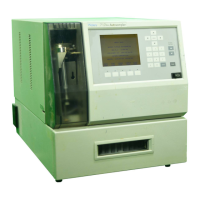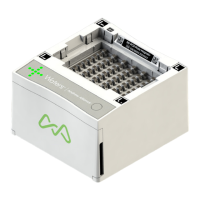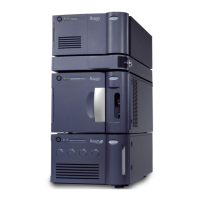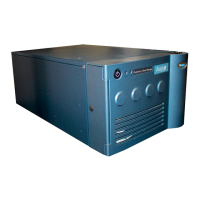How to troubleshoot 'No ion beam' on Waters Xevo TQ-GC?
- JJoshua MeyerAug 14, 2025
If you are experiencing a 'No ion beam' issue with your Waters Laboratory Equipment, start by checking the cable connections to the inner source, especially if the emission and filament current readbacks are zero. If the problem persists, reinitialize the instrument via Tune window by clicking Acquire > Reinitialize. If reinitialization doesn't work, reboot the embedded PC (EPC) using the reset switch. Also, check the filament for damage using a digital voltmeter; a damaged filament should be replaced. Verify your tuning parameter settings and ensure you have sufficient reference gas. Finally, make sure the vacuum is operating correctly; if not, refer to the 'Poor source vacuum' troubleshooting steps.

